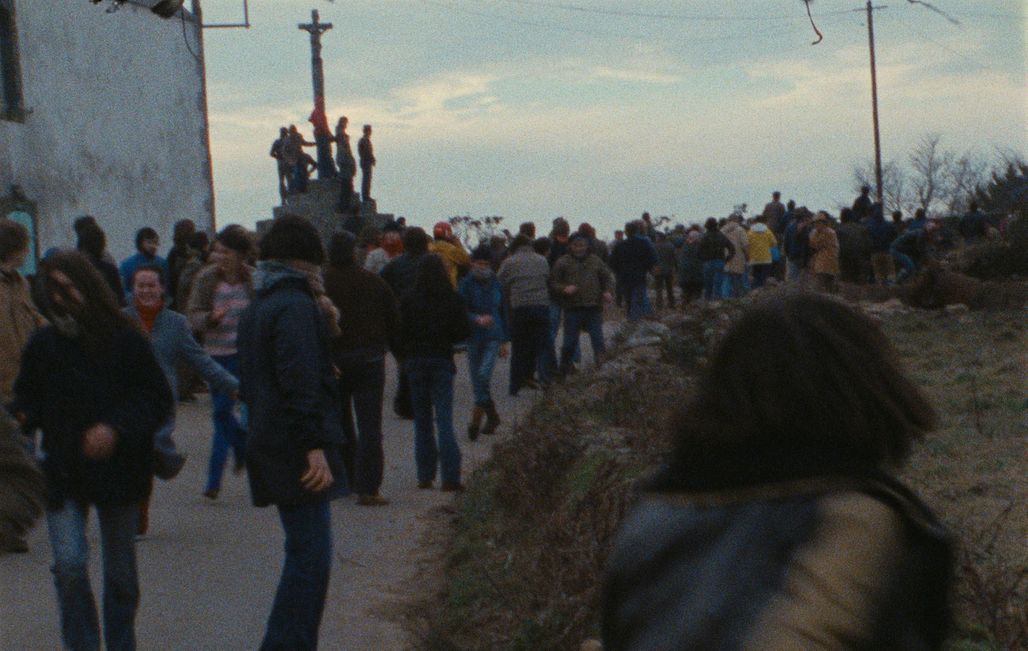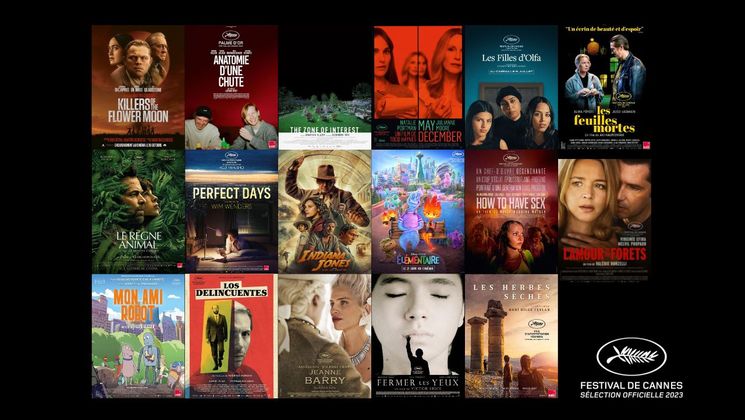
Nicole Le Garrec and the battle for Plogoff

1980. Two years after the small Breton town of Plogoff first took up arms against plans for a new nuclear power plant. Nicole Le Garrec, the director of Plogoff, des pierres contre des fusils (Plogoff, Stones Against Rifles), takes us behind the scenes of her documentary on this unprecedented uprising, filmed amidst the dissatisfied ranks.
Why this documentary?
I thought there was an interesting story to unpick surrounding these locals who decided to rise up, despite having always been downtrodden by the hierarchy. Why were they revolting, when others, elsewhere, had simply accepted these plants? I wanted to take a closer look at this tipping point, the kind of fascinating moment in time you rarely get the chance to see.
How do you explain it?
Firstly, because the locals are so attached to Plogoff. And then because of their lifestyles, too, far removed from the major changes society has seen lately. They were going by instinct and common sense, they had no intention of having this kind of thing imposed on them without a struggle. They remembered the oil spills all too well. And because radioactivity is invisible, they concluded that they couldn't just stand by and watch.
This film is about two worlds colliding…
In those days, people were already starting to make noises. The old lifestyles were back in favour. I saw it every day, in the farm where we used to go, right next to the 'battleground'. We set up a filming and recording room there.
What were the filming conditions like?
We were absolutely broke. Our debts were so high, we were considering re-mortgaging our house. But we had spent the past ten years wanting to film something right in the eye of the storm, and in a way, that made us rich. And there was such a strong sense of community where we were, we had all the support we needed.
How long did filming take?
Six weeks, the time it would take to roll out a public interest survey. A retired woman who owned a farmhouse offered us a place to stay. There were three of us, my husband Félix acting as cameraman, Jacques Bernard on sound, and myself. We captured everyday life there, too, the day-to-day before the clash. Just to give people context.
These breaks in the action give us time to reflect on the significance of their struggle…
The strength of Plogoff's locals and the activists lay in the fact that they knew how to balance action and reflection. They understood that it was important not to always be embroiled in tireless opposition, to prevent harder lines being taken.
Why didn't you ever let the police have their say?
To avoid having to listen to newspeak from their upper ranks. We were also worried about our camera, which could have been compromised by their tear gas. If we lost the camera, the whole film would have been lost.
Why does the film open with the Larzac conflict?
The people of Plogoff were inspired by the farmers' uprising in the Larzac. It drove their movement. Through it, they took comfort from the idea that others had been engaged in a long-term struggle too. Ties were forged between them. I wanted to show these moments of lightness, this sense of fraternity.
How was the film received by the people of Plogoff?
Once the film was screened in Plogoff, it was as if we had cut the umbilical cord. People were crying. A kind of passion was born, and the project ceased to become my own, in a sense.
Director Nicole Le Garrec in attendance.


